Art Simmons & Saddlebred Horse Legacy in Mexico
Mexico, once known as the saddle horse capital of the world, can trace that history back to within two score of the founding of the city. In 1867, C.T. Quisenberry came to Mexico from Kentucky and introduced the horse known as Missouri Clay. Mr. Quisenberry had a large round barn and a track next to his home in Mexico, Graceland.
Not long after, one of the most famous horses to come through Mexico was foaled in Callaway County on May 30, 1890, sired by Rex Denmark and out of Lucy Mack came the black stallion Rex McDonald.
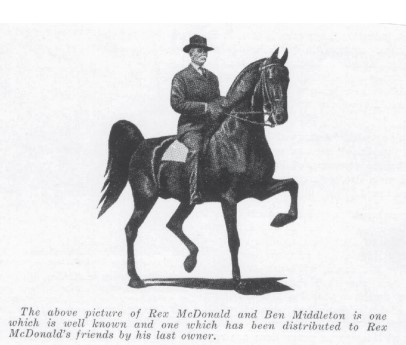
A proven winner at virtually every show, Rex was only beaten three times in his career and in fact once beat his own sire, Rex Denmark. Ultimately, Rex would be retired to stud because people simply didn’t want to show against him. More than 200 colts registered with the American Saddlebred Horse Association were sired by Rex. After Rex McDonald died on Nobember 13, 1913 after catching pneumonia, his hide was stuffed and put on display in the lobby of the Ringo Hotel in downtown Mexico until the Ringo burned on April 19, 1918. Though singed, Rex was moved to the Tom Bass barn where he remained until 1931 when he was buried at the Audrain County fairgrounds. Rex was later moved to the grounds of the Audrain County Historical Society near the American Saddlebred Horse Museum.
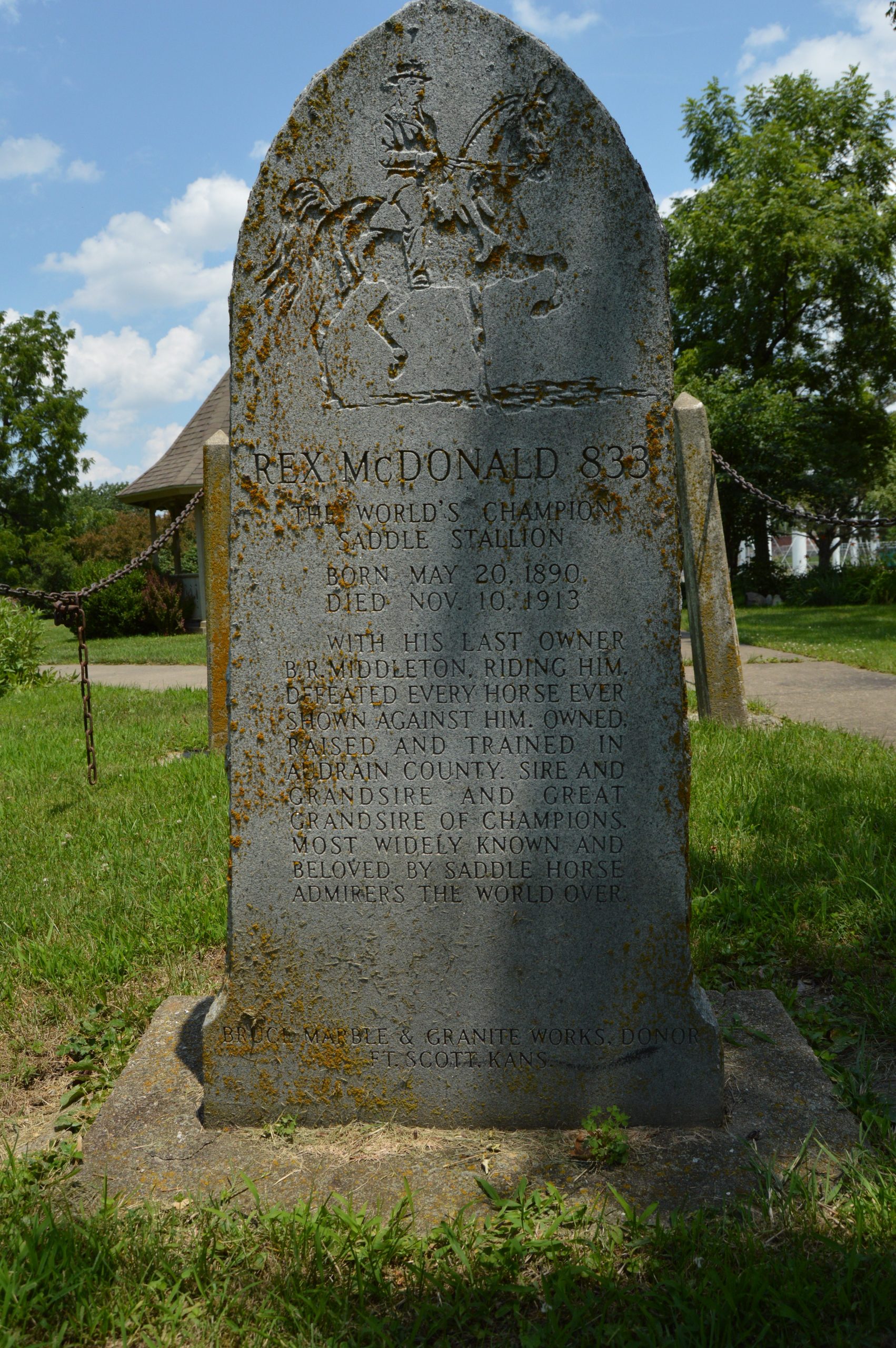
Tom Bass, born a slave in a Boone County cabin on January 5, 1859 was an inventor, innovator, and eminent horse trainer.
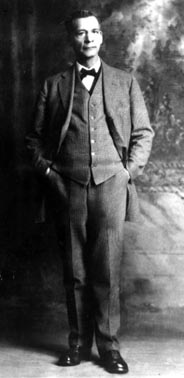
His father, William Hayden Bass was a wealthy planter and his mother, Cornelia Gray, was a slave of Bass. He left Boone County to settle in Mexico, first finding work as a stable boy and cab boy at the Ringo Hotel in downtown Mexico. Before long, he was training and exhibiting in Kansas City and is credited with making the original suggestion for the first society horse show in Kansas City. That show later evolved into the American Royal Horse Show. During his early career as an exhibitor, he showed Miss Rex and was invited to show her before Queen Victoria at the Diamond Jubilee but declined because of the ocean voyage. Bass and his high school mare Belle Beach, known as Tom and Belle were applauded everywhere they went, including by such notables as Queen Marie of Romania, and Presidents Coolidge, Cleveland, McKinley, Theodore Roosevelt, and Taft. For more than half a century, Bass trained horses to prance, bow, dance, and other tricks.
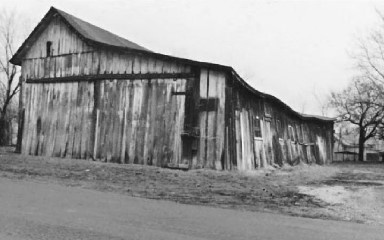
He invented, but refused to patent, a bit designed to ease the pain horses endure during training – a bit that is still used today. Tom Bass died November 20, 1934 and was buried in Elmwood Cemetery 3 days later. On October 9, 1977, president of the American Royal Horse Show Association William Harsh dedicated the headstones that had recently been placed on Tom’s, his wife Angie’s and their son Inman’s graves.
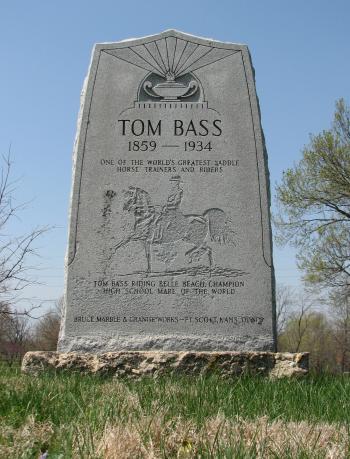
Mexico has been home to a number of horse barns and trainers, most notably Jim Hamilton, W.J. “Bill” Cunningham, George and W.D. “Bill” Lee, Robert G. Stewart, John Hook, and Art Simmons.
Jim Hamilton had what was recognized nationwide as one of the greatest nurseries of saddle horses at his bluegrass stock farm on what is now South Clark. His semi-annual three-day sales which were conducted from 1927 until 1949 brought in buyers, sellers and enthusiasts from all over according to historical accounts. Many of the horses sold were trained by Irish-born W.J. “Bill” Cunningham who would build his stables a quarter mile south of Hamilton’s stables in 1949. Cunningham rode in the Allied Victory Parade in Paris, France after World War I as General Pershing’s personal standard bearer – he was a commissioned officer on Pershing’s staff for four years.
John Hook worked for a time for the Carnation Stables in Pomona, California before coming back to Mexico in 1938. There was a nationwide search for “the best pony in America” for Shirley Temple. Hook found the pony locally, trained it, and shipped it by rail to California.
Of all the barns and stables of years past, only one remains: the Big Barn on the Boulevard.
The 242 feet long by 42 feet wide building was built in 1887 as the Clark and Potts Combination Sales Barn and remained in continuous use in horse training and sales from then until 2001.
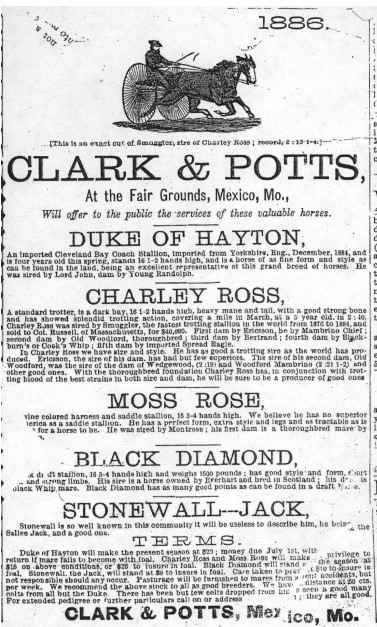
The barn was built by Cyrus F. Clark and his brother-in-law Joseph A. Potts. Clark was born in New Hampshire in 1847, settling in Mexico 20 years later where he worked as a teacher for a time. Most of his career was spent in both law and real estate and as a state representative in the Missouri Legislature where he authored the bill that established the Missouri State Fair. Clark was also Vice-President of the Southern Trust Company, and active farmer, rancher and horseman.
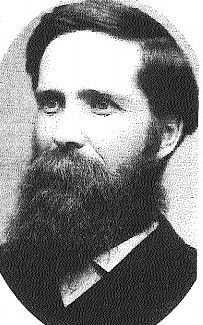
Joseph A. Potts was born into a wealthy Audrain County family in 1846, growing up in the tradition of the Saddle Horse breed.
Construction began on the barn on the Boulevard in 1885 on what was then just south of the city limits of Mexico and finished in 1887. Clark and Potts dissolved their partnership around 1900 and Clark would go on to continue operations with a new partner, Fred Panhorst until 1906 when Clark leased the stables to George and W.D. Lee.
The Lee brothers were Mexico natives and leased the barn until 1932 when they purchased the property. Conservative estimates show 30,000 horses passing through their hands, including horses supplied to Chicago, New York, and Philadelphia police departments and both horses and mules to the U.S. Government.
The Lee Brothers Stables also purchased two horses for U.S. presidents: a five-gaited horse for President Taft and New Deal, a 5-year old bay from Archie Dickey west of Mexico for President Roosevelt.
The Lee brothers retired in 1939 and a prominent California horseman Robert G. Stewart purchased the barn in 1944 but owned it for a short time. He renamed the property Dincara Stables and brought in Bill Cunningham from Oklahoma to manage the operation and be a limited partner. It was during Stewart’s ownership that the barn, originally painted red, was repainted white. When Stewart died in 1948, Cunningham handled the sale of Stewart’s horses and listed the property for sale for his estate. His ad in Saddle and Bridle magazine noted that the property could be divided into 21 high-class city lots. Luckily for Mexico, it wasn’t a real estate developer that answered the ad, it was the operator of Almarel Stables in Omaha, Nebraska – Arthur Simmons – that was interested.
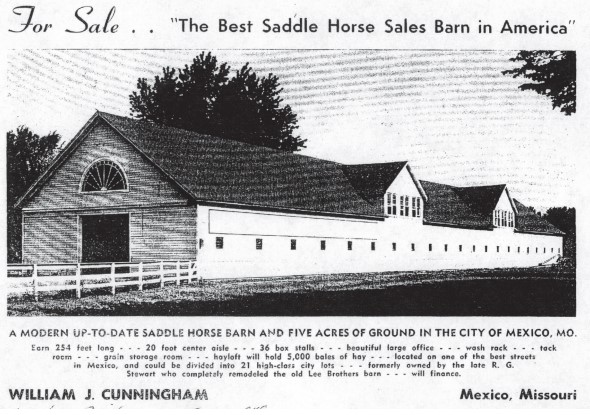
Arthur Monroe Simmons was born in California, Missouri on December 24, 1913. He attended St. Brendan High School in Mexico and worked as a stable boy in the Jim Hamilton Stables. He quit school in his junior year to work full-time in the horse business, ultimately accepting a job as manager and trainer for Almarel Stables in Omaha. His arrival in Mexico in February of 1949 included a truckload of fifty head of horses along with fifty broodmares and colts. Simmons added several buildings to the original stables property, including a maternity barn, farrier’s shed, storage building and two metal grain bins.
In 1951, Simmons bought the J.T. Hook barn and property across Webster Street from Simmons Stables. That addition, according to the Mexico Ledger of December 24, 1951, made “Simmons stables the largest stabling and training facilities for Saddle Horses in the United States.”
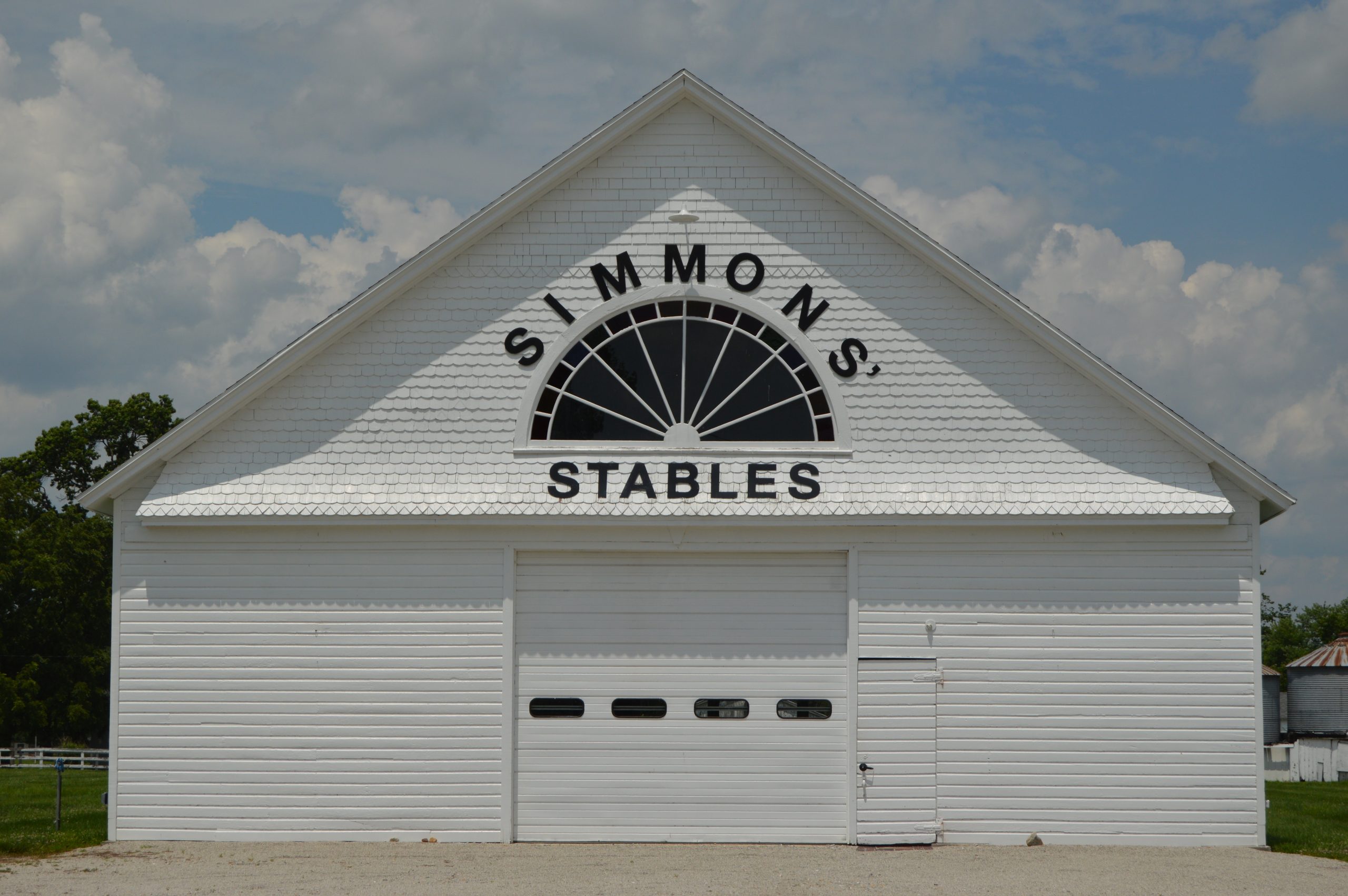
Arthur Simmons founded the Heart of America Saddle Horse Sale in Kansas City in 1957 which has become the nation’s premiere public auction. He also earned Horseman of the Year in 1970 from the American Horse Show Association and was inducted into the Missouri State Fair Hall of Fame, the St. Louis National Horse Show Hall of Fame, the United Professional Horseman’s Association Hall of Fame, and the World’s Championship Horse Show Hall of Fame. In 1964 alone, his entries won 400 ribbons in shows around the country.
Arthur Simmons died at the age of 81 at 1:30am Monday, January 16, 1995 at the University Hospital & Clinics in Columbia. His funeral was held at Arnold Funeral Home in Mexico on Thursday, January 19, 1996 and he is buried next to his wife Alvina “Ollie” Simmons who had passed away 2 years earlier in the Annunciation Catholic Cemetery in California, MO.
Arthur’s son James took over the stables and in 2001, moved the operation from the barn on the Boulevard to their farm north of town on Highway 15. In 2017, Jimmy added on to the existing barn at the farm, doubling the size of the operation.
Once Jim moved the operations from the Boulevard, the plan was to demolish the barn and surrounding structures, but a group of preservationists formed the Simmons Stables Preservation Society. Led by Bobette Balser Wilson and Mary Littrell, the group is a 501c3 non-profit organization and has turned the stables into the American Saddlebred Horse Hall of Fame.
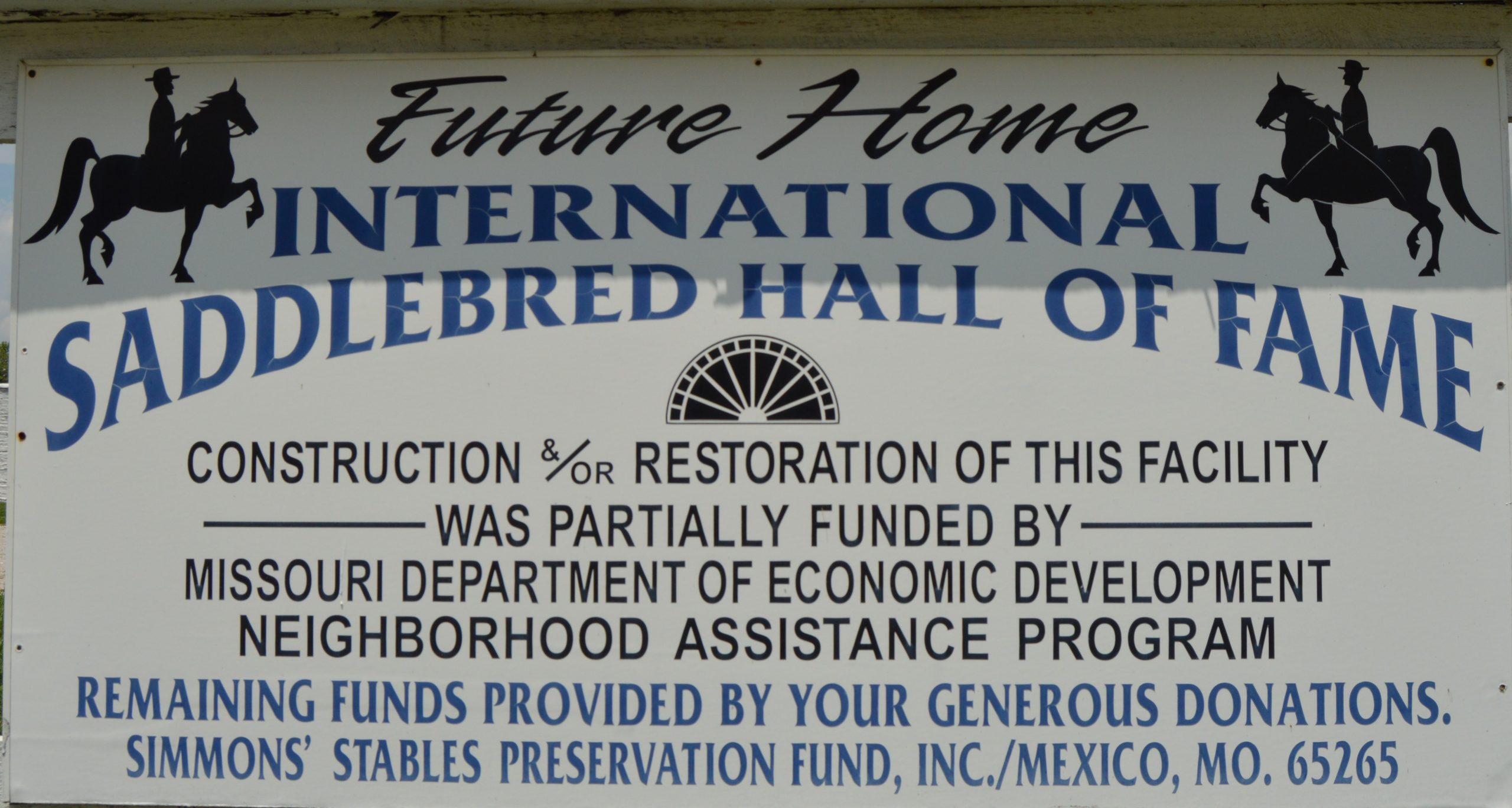
The legacy of Arthur Simmons lives on, not just in the barn on the Boulevard, but through his son James and his trainers, but also through all of the trainers he taught and who by now have taught a new generation of trainers, thereby keeping Mexico alive as the “Saddle Horse Center of the World” …at least in some circles.
